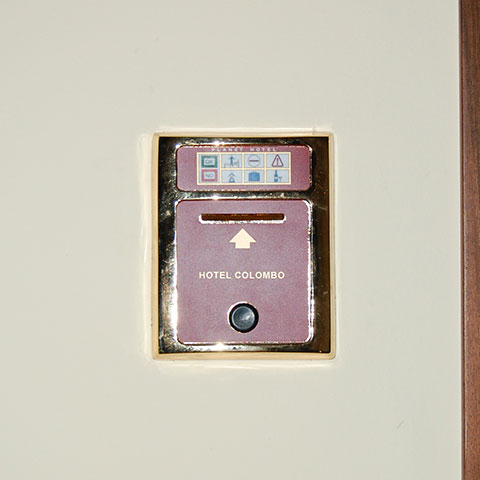Villorba and surrounding areas
Origins
Villorba was originally the ‘Villa Urbis extra Moenia’, i.e. the city seat outside the walls, mentioned for the first time in a document of 982, when the town was part of the Holy Roman Empire, and included in the fiefdoms of the Counts Collalto of Treviso reached the town after the Lombards in 959. They installed themselves precisely in Villorba, which was right at the southern tip of their lands. The town was already known in Roman times, but took on a major role during the Lombard invasion, soon becoming an important part of Treviso’s agro centuriato, intersected by crucial communication roads. The most famous of these, the Postumia, determined the area’s economic development, being a main artery used by armies passing through nearby Treviso, frequently sacking and destroying, an example being Cangrande della Scala who, in 1318 laid waste the town.
What to see
Villorba is located in an area brimming with historical-artistic treasures, as well as natural wonders, on the outskirts of the Municipality of Treviso. The past few years have seen considerable economic growth in Villorba, with strong expansion in the building and industrial sectors, facilitated mainly by the major communication highways that cross it, and the presence of leading industries. In addition to the typical historic centre, there is a great number of churches, roadside shrines and small chapels, testimony to the great faith of this area’s residents. Among these the one dedicated to Our Lady of the Assumption stands out, originally the private chapel of the Grimani palace, a noble Venetian family. The first church in the town dates from 1300, but was extended and completely refurbished in 1500 with the great bell tower designed by Francesco Zambon; and dedicated to the Saints Fabian and Sebastian, with its interior proudly displaying a renowned altar piece by Palma il Giovane. In neighbouring Lancenigo, the ancient Parish church of 1150 dedicated to the Virgin is well worth a visit. Between 1500 and 1700 a large number of villas for nobles, many still inhabited but only some open to visitors, were built throughout the area. These include Villa Corner, built in the 18th century and today property of the Municipality of Treviso, Villa Felissent, from the 1600s; in Lancenigo, the Villas Persico and Angelica, the last one is a 16th century construction and the 18th century Villa Perocco, belonging to the family of the Michiel doges.










